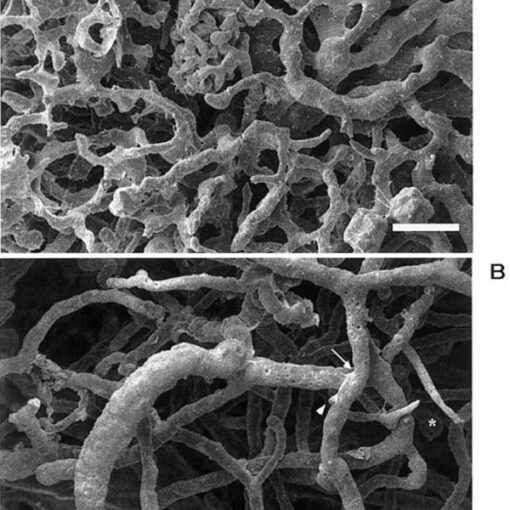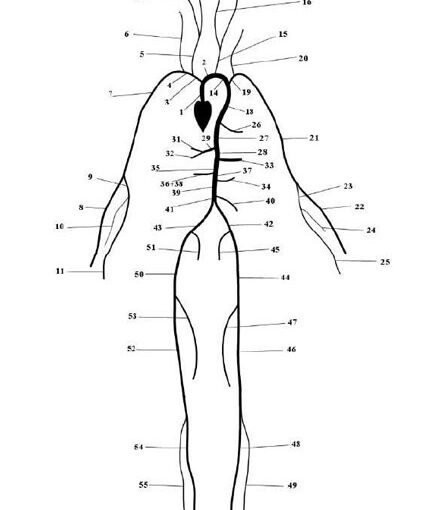The study of cooperative migration and the onset of patterns in developing living organisms is an extremely multidisciplinary field of research, that combines biological information with the mathematical theories of nonlinear dynamics and the physics and mechanics of non-equilibrium processes.
Cooperative migration and self-organization in living aggregates is known to rely on the capability of single constituents to collective move and proliferate in response to external chemical and mechanical factors in such a way that the single behaviors and abilities are adjusted in order to fit the needs of the population as a whole.
In particular, we start to face this fascinating subject, looking at bacterial colonies, that might be an excellent starting point to understand general principles of collective motion and pattern formation even in more complex biological systems.
We propose a continuum mathematical model that considers both the growth processes and the chemotactic movements of the living monolayer, together with the diffusion and consumption of nutrients in the agar. The expansion of an initially circular bacterial colony on a Petri dish is studied both analytically and computationally, showing that the pattern selection and evolution can be driven by a complex interplay of mechanical, chemical and size effects.
Future works will be focused on the application of such model, with appropriate refinements, to the description of other biological relevant problems.
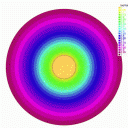
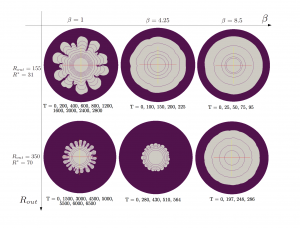
Shape Instability
The onset of shape instability in different configuration can be analyzed in terms of the interplay among geometrical and constitutive parameters. For example, in the case of solid tumour, it can be seen as the results of the growing tissue in the annulus around a necrotic core
Beads-on-string pattern is characteristic of the interaction between elasticity and capillarity. Moreover, as seen in stretched nerves and soft gels under different bath condition, it can be also controlled when an external stretch is applied. Beading instability can be used to control texture in scaffold for regenerative tissue or to build devices for microelectronics.
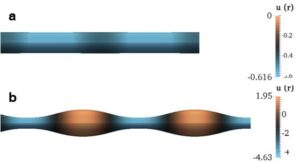
References
- C. Giverso, M. Verani, P. Ciarletta, “Emerging morphologies in round bacterial colonies:comparing volumetric versus chemotactic expansion” [submitted]
- C. Giverso, M. Verani, P. Ciarletta, “Branching instability in expanding bacterial colonies” [submitted]

